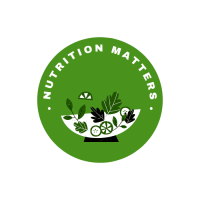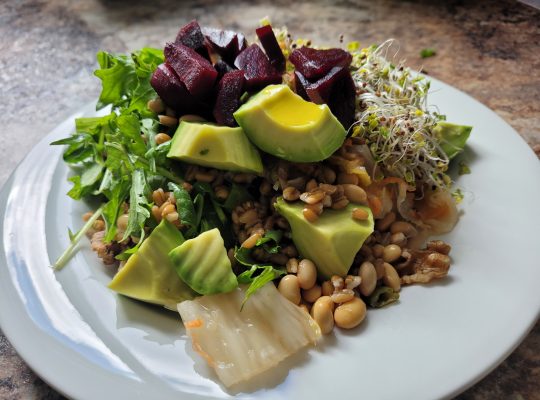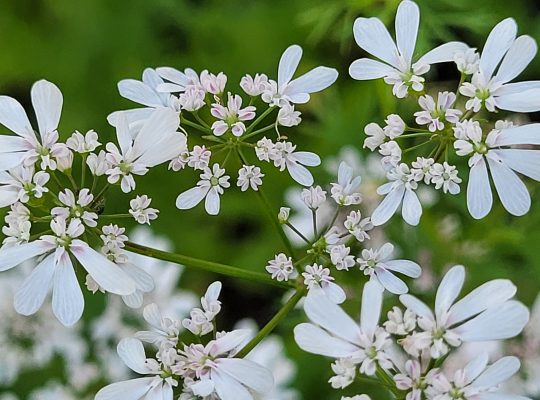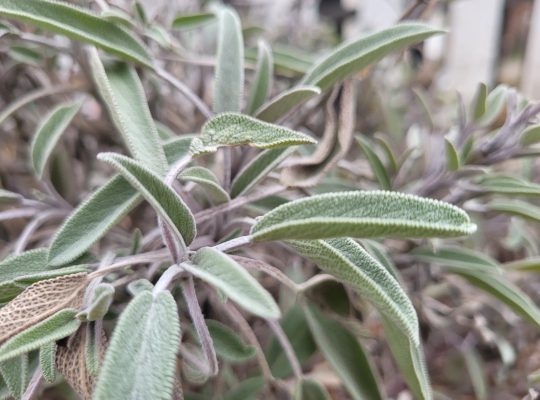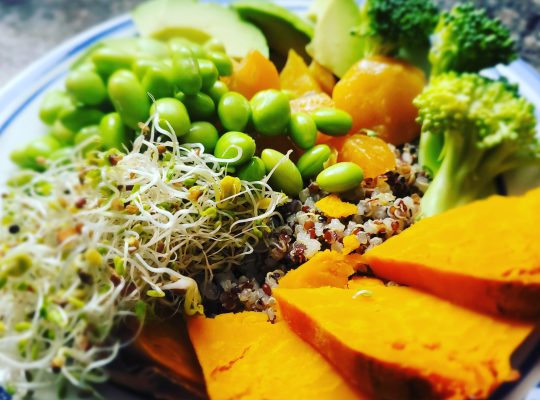It’s almost spring! Early mornings are getting brighter and warmer, and that means a whole lot of mud too, but hey, transitions are like that, no? A bit messy.
As a kid, I was anticipating the arrival of spring because that meant tasting the first green onions (the ones in the photo are some brave little ones from our garden), garlic greens, and radishes. It’s hard to beat the joy of seasonal eating – the anticipation of freshness, that first bite, the plenitude of taste.
Meet the Allium family
The better known to us include garlic, onion, garlic, leek, shallots, and chives. Their cultivation goes back 5,000 years or so, which I would say is reason enough to believe there’s something special about them.
Well, there is: they contain important nutrients such as potassium, phosphorus, zinc, iron, selenium, vitamin C, K, and many of the B vitamins, including folate. They also contain bioactive antioxidant compounds such as quercetin and anthocyanins (these ones are present in red onions). It’s not over yet: they contain fibre, mostly soluble, which your beneficial gut bacteria love.
As for the smell, that’s the sulfur-containing molecules, which hold amazing benefits which can help one make peace with the smell too😊.
Behold their remarkable benefits for your health
- Both garlic and onion are a great source of soluble fibre that your gut bacteria thrive on (which implicitly means you thrive too!)
- Onion and garlic can reduce the risk of many types of cancer, including esophageal, gastric, colorectal, prostate and breast cancer.
- Garlic can improve cardiovascular health and reduce your risk of heart disease and stroke.
- Garlic was also found to be effective in reducing hypertension and lowering cholesterol levels. It can also reduce the risk of atherosclerosis and improve vascular health.
- Red onion (which contains a compound called quercetin) has been to help balance blood sugar levels and improve insulin sensitivity.
- Both onion and garlic have anti-inflammatory, anti-microbial and anti-fungal properties.
- Garlic-derived compounds show promising results in preventing neurodegenerative diseases such as Alzheimer’s disease and Parkinson’s and may also be helpful in treating type of brain cancer that affects children.
- Onion and garlic have strong detoxifying properties, and can inhibit the formation of free radicals.
- Red onion has anti-asthma effects, and it is generally beneficial for the respiratory tract.
- Garlic and onion are amazing anti-viral immune boosters.
- They can improve bone health, which is particularly useful for people over 50.
- They are known for their strong antibacterial activity against severe gastrointestinal infections caused by pathogenic bacteria such as difficile. Also, they can improve gut health by modulating the number and activity of beneficial bacteria versus pathogenic ones.
To cook or not to cook
Ideally you want to eat them raw – garnish soups and salads with sliced green or red onions or add to sandwiches and wraps. Mix them in dips.
There’s a catch, however. To enjoy their health benefits the most, you should chop them and then let sit for ten minutes. During this time, an enzyme called alliinase will help transform an inert compound called alliin into an active one called allicin.
You can also lightly cook onion, garlic, shallots, and leek and still enjoy their many health benefits. Consider adding them at the end of the cooking process, just before you turn off the heat and after you allowed them to sit for those magical ten minutes.
Note: If you are sensitive to any of the members of the Allium family, that’s likely due to the fibre they contain, fructans, which can cause cramping, gas, bloating and diarrhea. Fructans are one of the so-called FODMAPSs (fermentable oligosaccharides, disaccharides, monosaccharides, and polyols) which are also found in wheat and artichokes.
©2022 NutritionMatters
References
